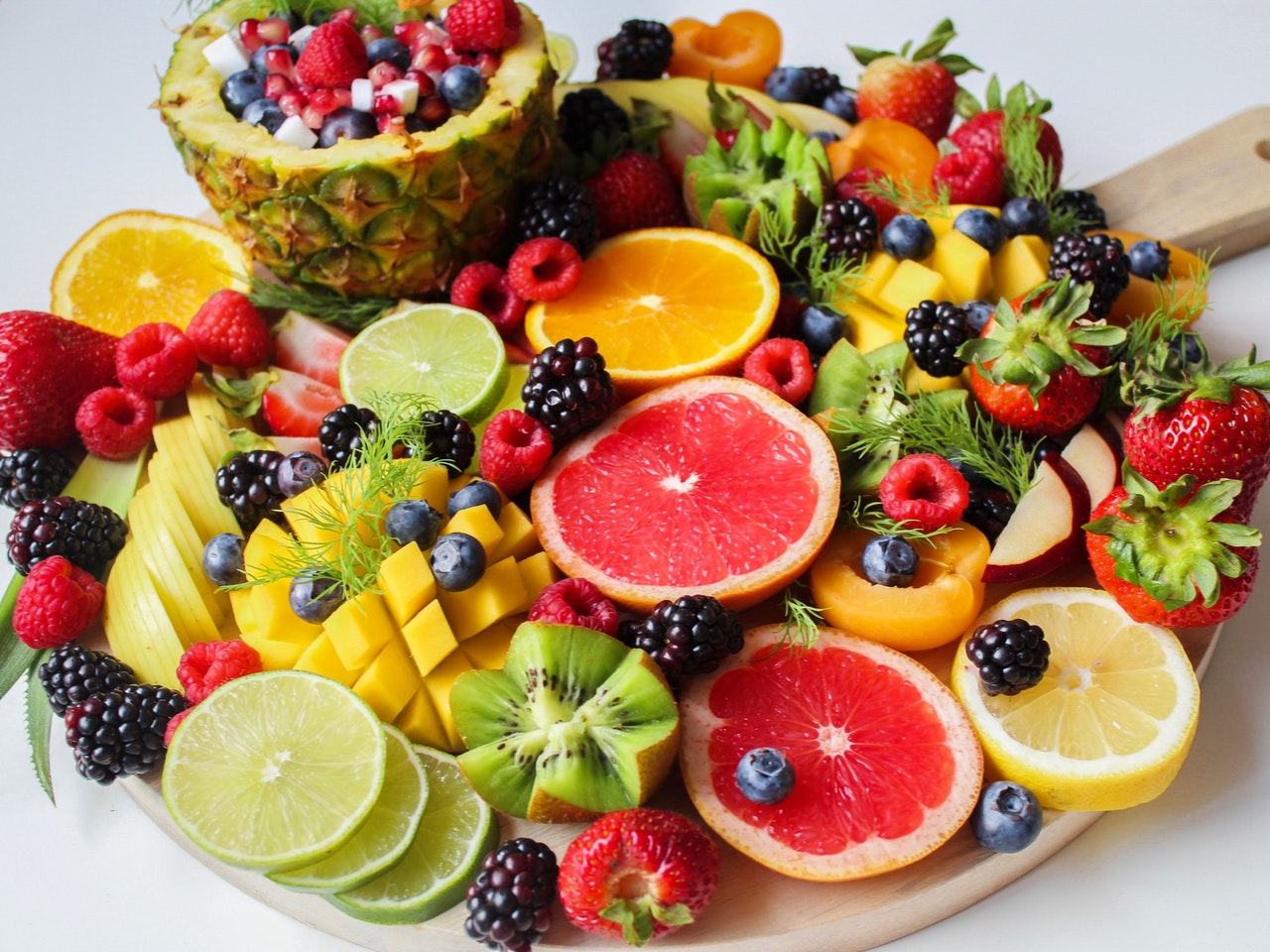Last Updated on January 22, 2024
Nutrition isn’t just limited to what our body consumes and uses as a source of energy. It’s more than just the food we eat. It’s a science that encompasses all the interactions that occur between living organisms and food. These interactions involve physiological processes in which an organism ingests, absorbs, transports, and uses food.
In nutrition and sports performance, it is essential to know the timing of nutrient consumption, particularly on the quality of food that we eat. Timing under any sports conditioning or maintenance inhibits the quality of our performance. Therefore, what we eat affects our goals.
There are several factors involved in emulating sound nutrition. These are psychological, social, cultural, economic, and technological factors. These factors strongly influence our way of choosing what food to eat.
Misinformation is the main problem in finding the relationship linking food and weight control. Thermodynamics is the branch of physiochemical science concerned with heat energy and its conversion into mechanical work. Combining a sensible diet with a program of sound exercises like weight training and cardiovascular training is the best way to accomplish your goal in whatever field of sports activity you are aiming to target.
One most important things to consider in choosing the right kind of food to eat is the nutritional value or the available nutrients present in certain foods. Nutrients are substances in the food that is required by the body for growth, maintenance, recuperation, and reproduction. Classification of nutrients is based on their essentiality. Those substances that must be supplied from the diet and cannot be produced by the body in large enough quantities to meet needs are essential nutrients.
There are six classifications of nutrients. These are carbohydrates, fats, proteins, water, vitamins, and minerals. Those that are needed by the body in copious amounts are referred to as macronutrients (“macro” means large). Nutrients like carbohydrates, fats, and proteins are examples of macronutrients and are measured by either grams or kilograms. Although alcohol also provides energy, it is not considered a nutrient since it stops bodily functions like growth, maintenance, recuperation, and reproduction.
Carbohydrates include sugars and starches. Though fiber is considered a carbohydrate, it cannot be completely broken down by the body providing very little energy. However, it is important for gastrointestinal health. Stored energy from the body is fats. These is composed of lipids that contain fatty acids that are broken down from aerobic activity through oxidative pathway providing energy.
Proteins are needed for the body’s growth and maintenance. It is made up of 21 Amino acids wherein subdivided into three groups of essentiality: Six (6) Essential Amino Acids which cannot be manufactured in sufficient amounts to meet the body’s demands and must be obtained from food. Eight (8) conditionally essential Amino acids cannot be produced by the body in adequate amounts, especially during sickness injury, and stress. Seven (7) Non- essential can those that can be synthesized by the body in sufficient amounts.
Water is a nutrient in classification by itself though it does not provide energy, it serves many essential functions. Our blood itself is made up of 90% water and is responsible for energy transportation inside the body as well as transporting waste material outside the tissues. Water also plays a vital role in Homeostasis (Walter Bradford Cannon); an automatic tendency to maintain a constant environment inside the body through increasing or decreasing body temperature signalizing the brain to send specific equivalent responses to the adaptable demands of the external environment. Muscles are also composed of protein and water.
Vitamins and minerals are micronutrients (“micro” means small) that are needed in small amounts. They don’t provide energy but are vital for energy production. Nutrients are needed for the formation and maintenance of biochemical structures in the body. In the end, this biochemical structure makes up our metabolism.
How do I increase my metabolism?
Going back on the history of this study, metabolism is referred to the sum of all chemical reactions that take place in a living organism. By breaking down this substances-sustaining-life, energy is produced this breaking constant breaking down and production process refers to as homeostasis wherein our body’s metabolic processes are constantly regulated to maintain a constant environment.
Metabolism is categorized into two general phases (ISSA- 8.1.5)
1. Anabolism is the building up of the body’s complex chemical structure from a simpler compound.
2. Catabolism, is the breaking down of the body’s complex chemical compounds into simpler ones.
A basic comprehension of how individual nutrients are used in metabolism is vital to understanding the nutritional needs of the body. The following discussion provides a brief overview. Details will be discussed in our next topic.
Many of the reactions of metabolism occur in series known as metabolic pathways. Molecules that enter these pathways are modified at each step of the pathways with the help of the enzymes. Some of the pathways are anabolic, using energy to build structures, whereas others are catabolic, breaking down large molecules into smaller ones and releasing energy.
Anabolic and catabolic processes occur in different cellular organelles. An example of organelles is the endoplasmic reticulum, which is a maze of internal membranes. One type of endoplasmic reticulum specializes in fat synthesis. Other types are converted with organelles called ribosomes, which are the site of protein synthesis. An example of catabolic organelles is the lysosomes, which act as a digestive system for the cell. Lysosomes contain enzymes capable of breaking down carbohydrates, fats, proteins, and other types of molecules that originate both inside and outside of the cell.
The mitochondrion is a catabolic organelle that contains energy from carbohydrates, fats, and proteins by cellular respiration. This process completely metabolizes these macronutrients in the presence of oxygen to produce carbon dioxide, water, and a form of energy that can be used by cells called ATP (adenosine triphosphate). The chemical bonds of ATP are very high in energy, and when they break, the energy is released. The energy contained in ATP can be used to do work or to synthesize new molecules.
LET’S SIMPLIFY
The major function of carbohydrates in the body is to provide energy to the cells.
a. Carbohydrates are compounds containing carbon, hydrogen, and oxygen in the same portion as water. They are found in bread, grains, fruits, vegetables, and milk. These are the primary sources of energy used to fuel the body. These are categorized into two groups: simple carbohydrates or mono and disaccharides are glucose is a monosaccharide, is commonly referred to as blood sugar is the most important fuel carbohydrate for the body.
Although made from monosaccharides, complex carbohydrate atoms are chain linked together. They are not sweet compared to the taste of simple carbohydrates.
Dietary Fiber is a substance from plants that cannot be digested in stomach and intestines because humans lack the enzymes necessary to break the bonds that connect the monosaccharide units. Glycogen is the storage form of carbohydrates in animals. It is made of highly branched glucose molecules. The branch chain allows it to be broken quickly when glucose is needed. Glycogen is stored in the liver and in muscle. Muscle glycogen provides muscle during activity whereas liver glycogen supplies glucose when blood levels drop.
b. Protein is very essential to every aspect of body functions. It provides structures to cells, tissues, and organs; regulates the body’s ability to use other nutrients; and aids in the transport of the molecules through the blood stream and in and out of the cell.
Dietary protein provides the raw material to make the several types of proteins that the body needs.
Any protein consumed more than needed can be used for energy providing 4 calories per gram or converted into carbohydrate or fat.
c. Fat is an essential nutrient. It provides energy source, a part of cell membranes and is used to make important regulatory molecules. Deficiency symptoms occur when too little fat is consumed. Too much fat in the diet also increases the risk of chronic disease.
The relationship between the amount and type of fat needed varies depending on every country and region. Many recommendations are made about dietary fat. We are advised to decrease fat and saturated fat, increase polyunsaturated and monounsaturated fat, and avoid Tran’s fatty acids. Converting these recommendations into dietary choices is difficult.
In our future topics we will discuss more:
1. Importance of fat to bodily functions.
2. The association between fat intake and health
3. Recommendations on the amount and types of fat you should consume
4. How can you meet these recommendations
d. Water is essential in transporting nutrients, provides protection, temperature regulation, and bodily reactions, and provides the medium in which chemical reaction takes place.
The amount of water needed varies for every individual and is directly proportional to his activity.
References:
Smolin & Grosvenor: Nutrition Science and Application 2nd edition, Water pp 290-296, Protein pp 150-160, Fats pp 125-139, Metabolism pp 11, 77-78, Carbohydrates pp 84-84,92,96-99
ISSA 8.1.5 Water, pp 486-488, Protein pp 474-476, 530, Fats pp 33-36, 478-480, Metabolism, pp 14-25, Carbohydrate, pp 529, 468-469, Nutrients, pp 498-506,512-516






